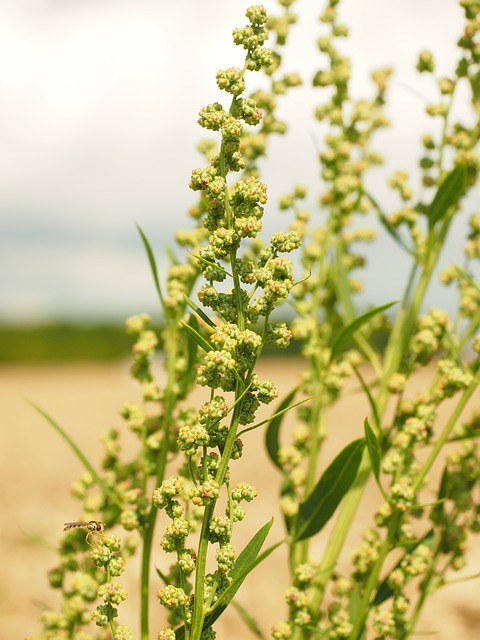
Japanese Knotweed is known as one of the most invasive plants in the world. You can find them in public areas and in your garden. They can grow through the foundations of buildings, and if not taken care of fast, can take over landscapes. This will affect the value of the property because mortgage lenders are going to be hesitant when they find out that there is Japanese Knotweed in the property.
How close is it?
Japanese Knotweed is widespread across the country. There was a new app used to track Japanese knotweed by the Environment Agency. It found more than 6,000 locations. This data is important for people looking to buy a property so that they can avoid areas that have this problem. If you are in need of knotweed removal then see here.
There are multiple approaches you can take when you want to get rid of Japanese Knotweed, but you might need to use more than one method to control it.
- Smothering it with tarps
- Killing it with an herbicide
- Cutting to the ground
- Digging out the rhizomes
- Professional removal services
Can you do it yourself?
It is possible to treat Japanese Knotweed yourself, but it is hard and time-consuming. These plants grow by 10cm a day, so it is important to be fast and effective with removal. Use the tips below to remove Japanese Knotweed by yourself.
Permanently getting rid of Japanese Knotweed
Infestations are always not the same. If you want to get rid of Japanese Knotweed permanently, you need:
- To identify the infestation as soon as possible so you can prevent further damage and growth.
- Cut and remove the canes. Try to cut the canes as close to the ground as you can, then remove the cut pieces from your garden or lawn.
Applying Glyphosate-based Weedkiller.
After you have cut down the canes, spray the weed killer on them. Be careful when spraying because the weed killer is going to destroy vegetation that comes in contact with it.
Give it at least seven days before you pull the weeds. This way, you give the herbicide enough time to target the root. Pull the dead Knotweed and make sure you remove all. You need to make sure you have pulled out all the roots.
Mowing the plants weekly. You should cut down the plant as short as possible every week to remove remaining and re-growing weeds because that is how you are going to weaken and kill the plant.
Reapplying Glyphosate
You won’t completely kill it using glyphosate. Professionals usually recommend applying the weed killer twice a year. Choose the time when they thrive the most.
Hiring a professional. It is difficult to permanently get rid of Japanese Knotweed, so if you have employed the DIY methods but failed, it might be time to consider hiring a professional who is going to do it for you. They have the experience and tools needed to deal with the problem.
Burning Japanese Knotweed
Once it has been removed, the waste needs to be disposed of properly to avoid any further spreading. There are different ways of disposing of Japanese Knotweed. Some of them include:
- Having professionals remove it for you
- Burying the plant and installing a root barrier
- Having waste treated by a specialist and then taking it to a licensed landfill
- The above methods are popular and effective, but there is still the risk of the Japanese Knotweed returning if some seeds escape as they are being disposed of. This is why you should leave it to a professional.
Comments are closed